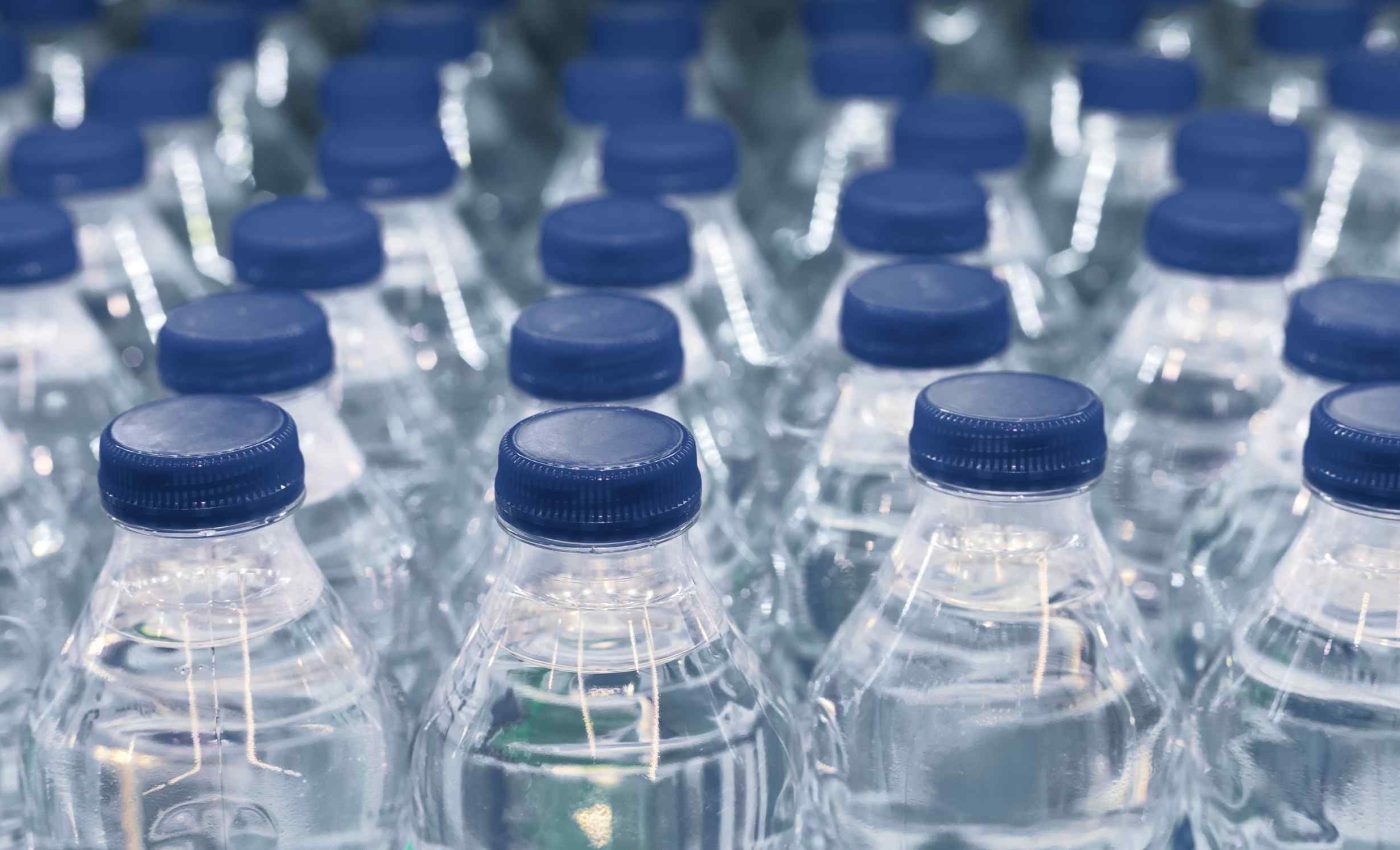
Is bottled water safe to drink? Here's what the FDA says after its latest round of testing
The U.S. Food and Drug Administration (FDA) tested bottled waters for PFAS forever chemicals, randomly selecting them from U.S. store shelves.
Samples were collected in 2023 and 2024 across retail stores nationwide. They covered purified, spring, artesian, and mineral waters.
Testing water bottles for PFAS
FDA analyzed 18 types of PFAS across those products. Eight domestic samples showed one to four compounds, and two imported samples showed one or two.
Four detected compounds were under Environmental Protection Agency (EPA) drinking water limits, and two compounds have no federal limit. The assignment did not include specific brands or lot numbers.
The agency has looked at bottled water before using different survey designs. Earlier small surveys reported no detections, which makes this broader check useful for spotting subtle changes.
EPA rules set the bar
The 2024 rule created national limits for several PFAS in public water. PFOA and PFOS were set at 4 parts per trillion, and three others at 10.
Parts per trillion (ppt), a one trillionth fraction by volume, is the unit used at these levels. The tiny scale explains why laboratories rely on sensitive instruments to separate signal from background noise.
In May 2025, EPA said it would keep the PFOA and PFOS limits while reviewing the others. It also plans to extend water system compliance out to 2031.
The earlier mixture approach used a hazard index, a method that sums relative risks across chemicals. EPA said it will reconsider that approach for PFHxS, PFNA, and HFPO-DA, along with PFBS.
Why PFAS show up in water
These compounds are used in many coatings, foams, and industrial processes. They are valued for resistance to heat, oil, and water, which also makes them stubborn in the environment.
For public health, clinicians point to links with cholesterol changes and lower vaccine response. That summary comes from ATSDR, an agency within CDC.
“The continual release of highly persistent PFAS will result in increasing concentrations,” wrote Ian T. Cousins, in a 2020 study. The big worry is persistence.
Most PFAS do not break down quickly once they enter soil or water. That persistence means today’s small drips can become tomorrow’s background levels without careful controls.
PFAS moves through the environment
PFAS chemicals spread easily once released. They travel through air, soil, and groundwater, often reaching places far from the original source.
Because they are highly resistant to natural breakdown, they can linger for decades in rivers and aquifers, slowly cycling through plants, animals, and humans.
Scientists are still mapping how these compounds move through ecosystems. Studies show that wastewater treatment plants, landfills, and industrial runoff are major points of escape.
Once in the water cycle, PFAS can re-enter drinking water supplies through evaporation and rainfall, making long-term monitoring essential for understanding exposure trends.
What this means for shoppers
For now, the FDA results indicate that bottled waters on the shelf did not exceed federal drinking water limits. That does not mean zero PFAS, and it does not mean every future lot will test the same.
Brands vary in source water, filtration, and bottling practices. Activated carbon and reverse osmosis, a pressure based filter that removes very small molecules, can lower PFAS levels when used correctly.
Because public water utilities must meet enforceable maximum contaminant level (MCL), the highest legally allowed amount in drinking water, they publish annual reports.
Bottled water is regulated as a food, and the law requires the FDA to set a standard of quality or to find one unnecessary when the EPA sets a new limit.
Consumers often compare labels, but treatment claims can be vague. Independent testing and transparent reporting give a clearer picture than marketing terms alone.
Gaps and what comes next
FDA did not list brands or detection levels for each bottle in the public summary. Future updates could add brand level testing, detection method details, and batch numbers to help consumers.
EPA’s ongoing review of non PFOA and non PFOS standards means the interpretation of future bottled water results may change.
FDA can take action against bottled water that presents a safety concern even without a specific bottled water standard.
Regulators continue to refine which PFAS should carry enforceable limits in drinking water. The next few years will likely bring tighter methods, clearer labels, and more harmonized rules across states.
For now, the most useful step is consistent testing with sensitive methods and clear reporting. Those data, read alongside the current MCLs, help people see short term trends while the rules evolve.
—–
Like what you read? Subscribe to our newsletter for engaging articles, exclusive content, and the latest updates.
Check us out on EarthSnap, a free app brought to you by Eric Ralls and Earth.com.
—–













